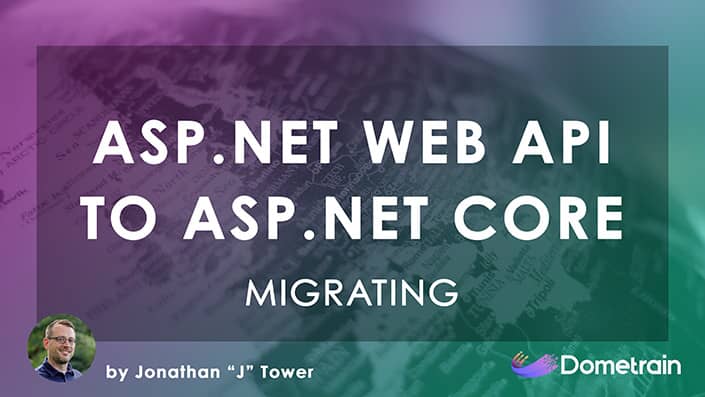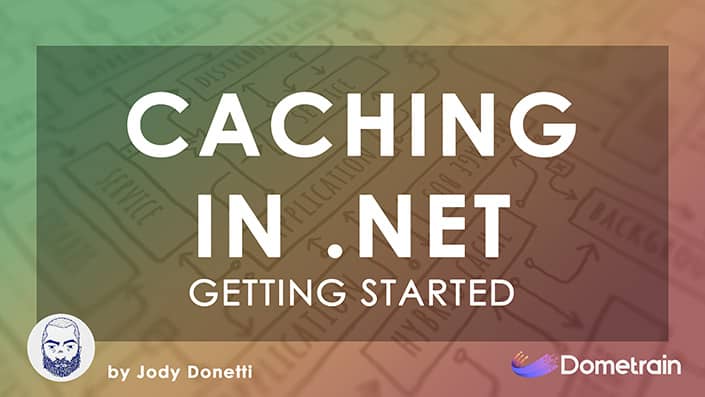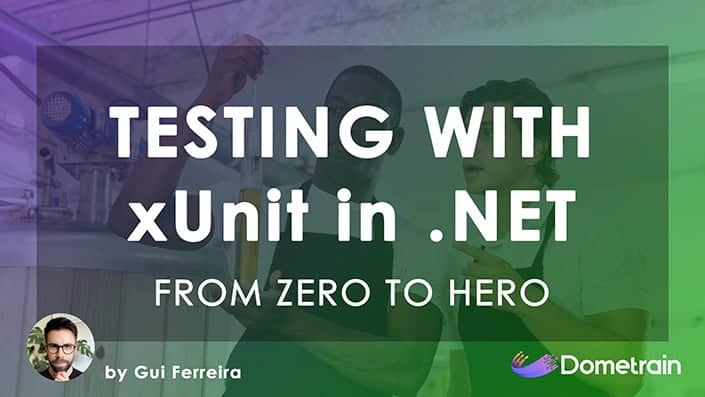From Zero to Hero: Testing with xUnit in C#
Learn how to test any codebase in .NET with the latest version of xUnit, the industry-standard testing library.
About This Course
Improve the quality of your C# code by learning automated testing with xUnit, the go-to framework for .NET developers. This detailed course guides you from writing your first test to applying advanced techniques. You'll cover essential topics like assertions, data-driven tests using theories, and managing the test lifecycle with fixtures. The course also covers best practices for structuring and organizing your tests for long-term maintainability. By the end, you'll be able to write effective tests for any .NET application, ensuring your code is robust, reliable, and easier to maintain.
Course Curriculum
Meet Your Instructor
© 2025 Dometrain. All rights reserved.











